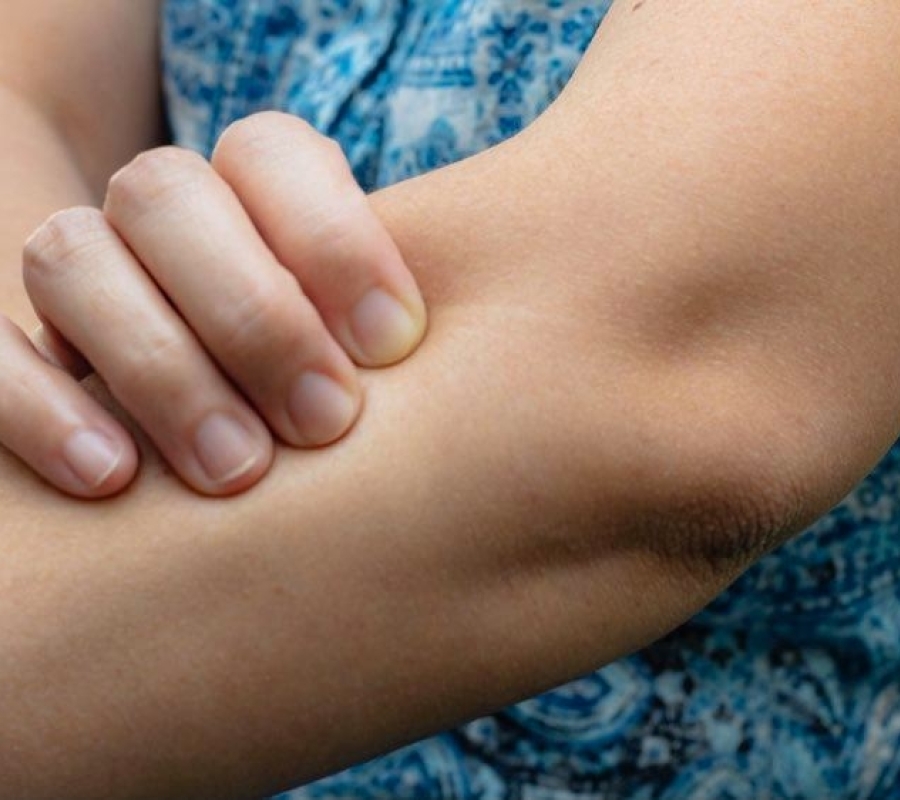Categories

Tendonitis: Treatment and conservative management for the best possible outcomes
In this blog post we will discuss different treatment for tendonitis as well as what you can do at home to help your recovery process!
The term "tendinopathy" is more commonly used in recent years because the problem is, technically, an injury rather than an inflammation.
What is tendinitis?
Tendinitis is a common inflammatory condition affecting the tendons that is seen in both athletes and sedentary people. Tennis elbow (lateral epicondylitis) and Golfer's elbow (medial epicondylitis) are common types of tendinopathy. Tendinitis of the hip, often accompanied by bursitis of the hip, and foot and ankle are also quite common.
How does a person develop tendinitis?
It can be caused by overuse, injury or repetitive use of the tendon. Tendinitis is often a response to increasing activity, or performing activity one is not conditioned to do. Tendinopathy is often a response to the individual pushing their limits in daily activity. For some, that means walking around the office. For others, that is running hundreds of miles a week. Long hours of data entry or typing are also well-known causes of tendinitis.
What are the symptoms of tendinitis?
Tendonitis is characterized by pain, stiffness and swelling around the affected area that is increased with movement, swelling and sometimes heat and redness. Very often the patient reports increased pain with activity that follows a period of rest. Pressure on the affected area can be quite painful.
Who is at risk of developing tendinitis?
Anyone who pushes their physical limits is at risk of developing tendinitis. Often, patients are at risk for tendinitis. Athletes, as well as folks who work at a repetitive job are at risk. Carpenters commonly get it as do saxophone players. People who enter data and work at a keyboard as well as painters and welders.
What are conservative treatments for tendinitis?
The goal of conservative management for tendonitis is to maximize function while minimizing pain and potential tissue damage. Home remedies include the proper use of ice and heat, PEACE & LOVE, as well as gentle and appropriate mobility exercises as prescribed by your provider.
When used appropriately, a specific type of exercise, eccentric loading, is a very effective intervention for tendinopathy that has been successfully evaluated by research. This is the approach we most often use in our clinics in our conservative management protocols.
Other, less conservative, treatments include cortisone injections, anti-inflammatories and, occasionally, surgery.
When should someone seek treatment for their tendinitis?
Proper conservative intervention applied early definitely reduces the risk of long periods of disability. If your symptoms persist for more than a week to 10 days, please call and come in for us to evaluate. Proper early intervention definitely pays off. Too much damage may lead to surgery and the challenges of recovery from a more invasive procedure.